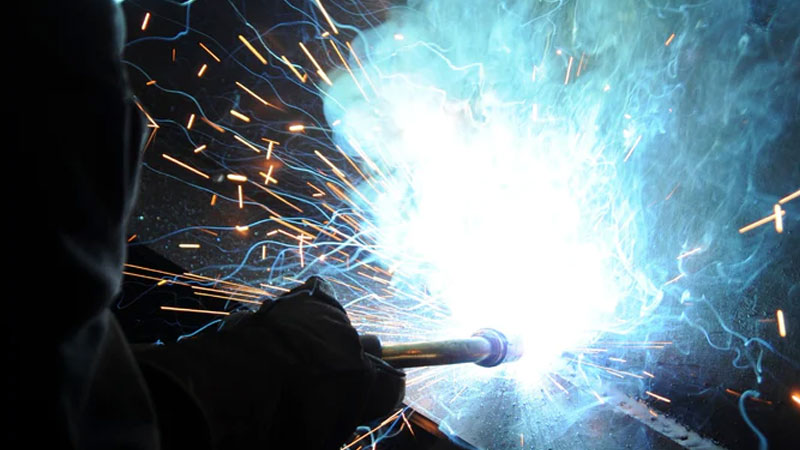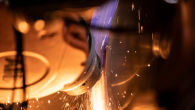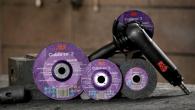
Having clean and healthy air in the workplace is a growing concern, especially when it comes to welding fumes in the metal-working industry.
These fumes can contain a mixture of airborne gases that may include oxides of nitrogen (NOx), carbon monoxide (CO), carbon dioxide (CO2), ozone (O3) and shield gases, like argon and helium.
Consequently, in 2017, the International Agency for Research on Cancer (IARC) classified welding fumes as Group 1A Carcinogenic to humans.
In addition to the possibility of cancer, there are a wide range of short and long term effects that can be caused by welding fumes, such as:
• Irritation of the eyes, nose and chest, leading to shortness of breath, coughing, and possibly Asthma.
• Pneumonia – Welders are prone to lung infections that can lead to severe and sometimes even fatal pneumonia.
• Metal Fume Fever – Occurs with the inhalation of Zinc Oxide fumes along with other components. Symptoms of metal fume fever resemble influenza, and occur several hours after exposure.
• Exposure to Ozone – Ozone generated in GMAW and plasma arc welding can cause excessive mucus secretion, headache, lethargy, and irritation.
• Exposure to Nitrogen Oxides – Produces similar respiratory tract effects to ozone.
How do we minimise welding fumes?
For a business trying to provide clean air and a healthy work environment, it is often a matter of being hamstrung by building codes and substantial financial outlays. General ventilation systems are limited in their efficiency, as fumes at the source still escape into the general atmosphere.
Mobile fume extractions units can be the answer to providing clean air when and where it’s needed without having to install massive building wide units. They are efficient to run and do not require large initial financial outlays.
Such mobile units should offer a diverse range of extraction solutions embracing fume, mist and dust needs with units suited to at-the-source extraction.
After all, a clear head makes clear, focused decisions. Therefore, increasing productivity and minimising mistakes.
When looking at installing air filters or fume extraction units we need to scope out these fundamentals:
• Source and type of the contamination
• Overall volume or frequency of fume pollution
• Building restriction and overlays
• Budget
In general, mobile units provide a more cost effective, and equally efficient solution, whilst also giving flexibility, i.e. moving units directly to where they are needed.
A good mobile unit should provide a dedicated field of suction combined with a comprehensive filtering technology, such as a fully contained self-cleaning cartridge filter system.
For different applications there are different solutions available. The solution should be chosen that gets closest to the source of the fume, and is able to perform as expected.
At BST Group, mobile units, wall mounted units and telescopic units are available along with extraction fans, to cover a wide range of applications. These include the premium Excision extractors.
Businesses are expected to address any contamination problems, but most are likely to have limited knowledge on how to address the issues and contamination risks. It is therefore advisable for businesses to contact experts that could provide an assessment of the situation and a comprehensive solution to providing a clean air work environment for all.
BST Group offers extraction units of various types and would be happy to provide expert advice. Please feel free to contact us.



